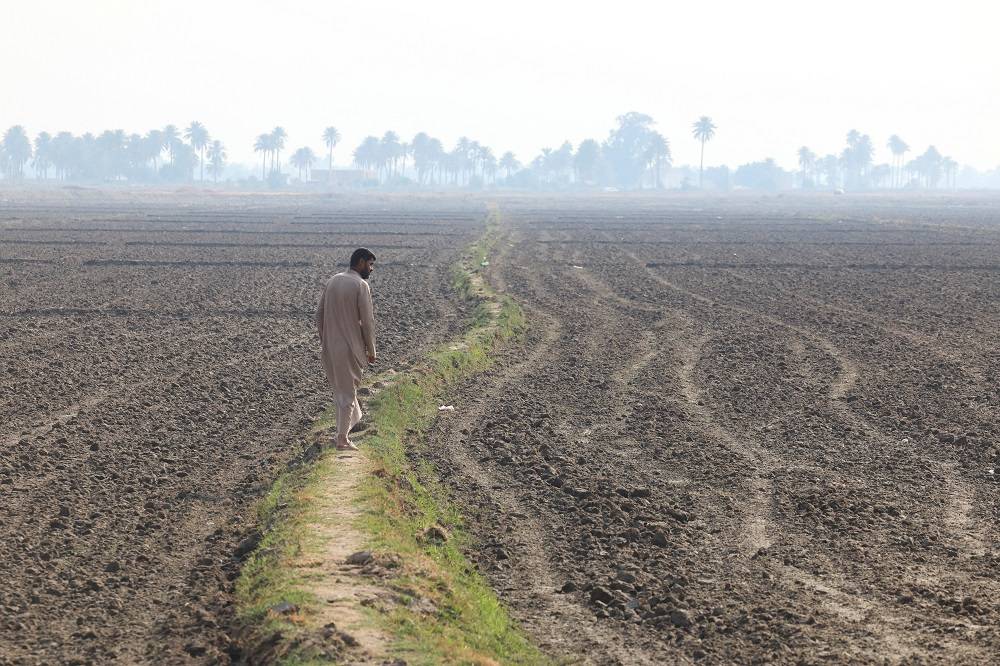Need for more international cooperation and coordination to deter threats facing the safety of waterways in the Arab region is increasing, especially for countries bordering exposed maritime corridors.
Safeguarding maritime navigation is geopolitically vital for the global economy.
Saudi Arabia, for example, oversees two important maritime routes in the Arabian Gulf and the Red Sea, with its coasts stretching for about 3,400 kilometers and its kingdom including 1,300 islands.
This has prompted the Saudi Defense Ministry to make building high combat capabilities for its military forces part and parcel of its strategy to meet regional challenges and threats.
The Kingdom has also strengthened its naval military capabilities through implementing qualitative projects that included signing deals for ships and aircraft and participating in naval drills with various other countries.
More so, political and military alliances were formed to protect maritime navigation.
It is worth noting that Saudi Arabia, which has one of the world’s largest military budgets, is looking to localize some 50% of its military spending by 2030.
Maritime navigation in the Arab Gulf has come under frequent attacks, mostly staged by Iranian proxies.
Iran-backed Houthi militias have been responsible for numerous terrorist hits that threatened navigation in Red Sea waters.
Houthis rely heavily on planting Iran-made naval mines.
The Saudi-led Arab Coalition has said it has found and destroyed five Iranian-made “Sadaf” naval mines during the past 24 hours, according to a statement published on Monday.
The coalition said it has seen an increase in the Houthi militia’s activity in planting naval mines in the southern parts of the Red Sea and the Bab al-Mandab strait in recent weeks.
There is an estimated 160 arbitrarily planted naval mines threatening Yemeni waters at the moment.
Houthis also use remote-controlled explosive vessels to threaten trade ships and civilian institutions in the Red Sea.
Royal Saudi Naval Forces (RSNF) Commander Vice Adm. Fahad Abdullah Al-Ghofaily, speaking at a recent event in Riyadh, recounted attacks that targeted three oil tankers and over three commercial ships sailing the region’s waters.
Commenting on finding solutions for those threats, writer and political researcher Abdullah al-Junaid argues that the source of danger must be first defined and the partial political cover given to some regional players, such as Iran and Turkey, must be lifted.
On the political and military alliances and blocs, Junaid noted that the maritime leadership of the Gulf Cooperation Council (GCC) is one of the regional examples of political and military alliances formed to secure navigation in the Strait of Hormuz.
It was established to safeguard navigation based on common interests and the stability of energy markets.
The Peninsula Shield Force, which is the military arm of the GCC, must be viewed from the scope of future challenges it will meet, added Junaid.
Threats facing Saudi Arabia also prompted the formation of naval military alliances designed to raise readiness levels, enhance maritime security in the Arabian Gulf, and protect vital and strategic interests.
Early in 2020, the Council of Arab and African States Bordering the Red Sea and the Gulf of Aden was created as a mechanism for improving the security of regional waterways. This new Arab-African alliance has eight members: Djibouti, Egypt, Eritrea, Saudi Arabia, Somalia, Sudan, Jordan and Yemen.
In November 2019, a multinational maritime security initiative, Coalition Task Force (CTF) Sentinel, composed of Australia, Bahrain, Saudi Arabia, the UAE, the UK, Albania and the United States, was also established with the aim to protect commercial vessels in the Arabian Gulf, the Gulf of Oman and Bab Al-Mandeb.
As for the steps Saudi Arabia has taken to modernize its naval forces, the kingdom witnessed in July 2018 the state-owned Saudi Arabian Military Industries (SAMI) signing a contract with Spanish shipbuilding company Navantia to build five Avante 2200 corvettes for the RSNF.
The deal is set to be completed by 2022. In addition to the Avante 2200 corvettes, the contract includes setting out a plan for the creation of a naval construction center in Saudi Arabia. According to SAMI the agreement would “localize more than 60 percent of ships combat systems works,” including installation and integration in the Saudi market.
Riyadh has sought partnerships in the past few years with international suppliers to boost its domestic manufacturing capacity.
Regarding the localization of military manufactures, Saudi Arabia has succeeded in establishing joint cooperation with French builder CMN for the production and export of 39 HSI32 Inceptors.
The vessels are among the most modern speedboats and will contribute to raising combat readiness of the maritime units and help protect the strategic interests of the kingdom.










